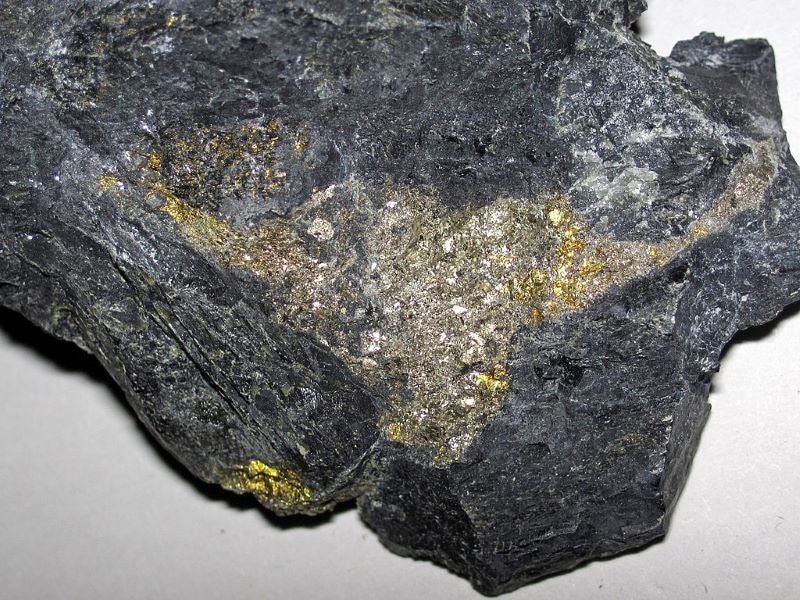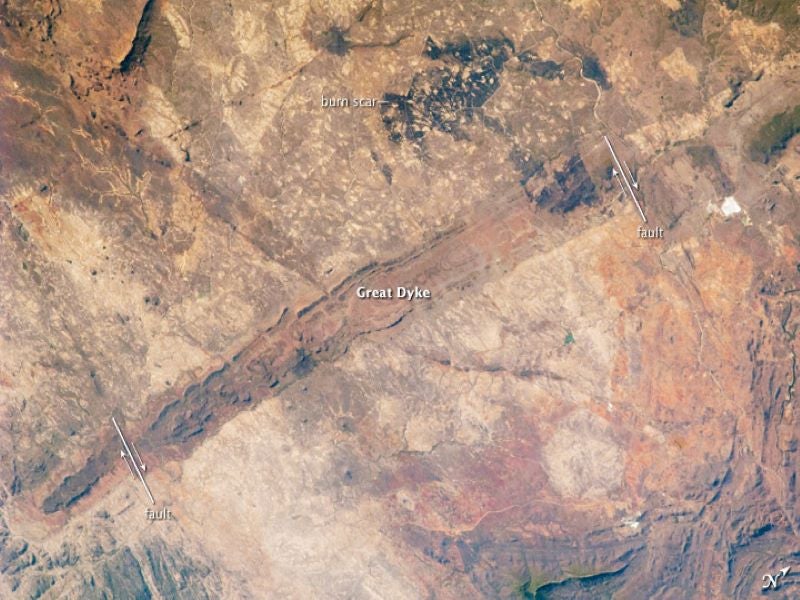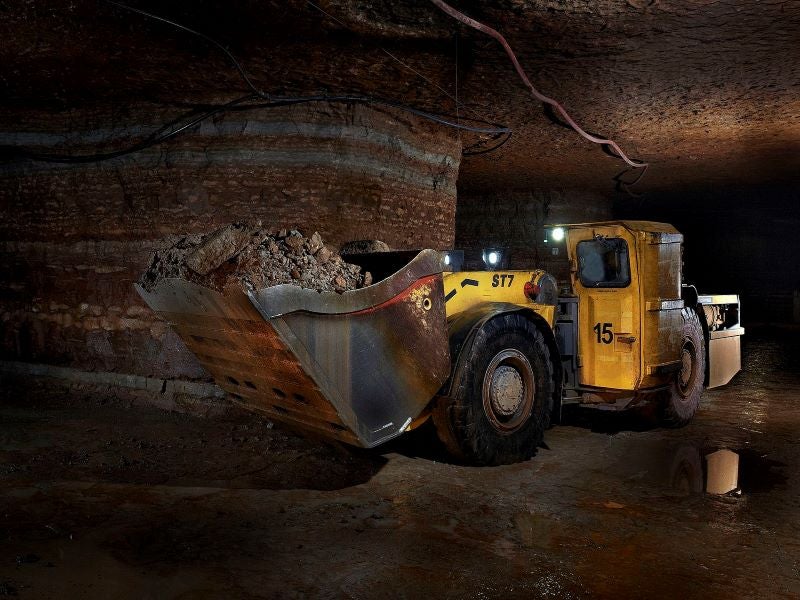The Darwendale platinum project is an underground platinum group metals (PGM) mining development located in the Great Dyke area of Zimbabwe. It is considered to be one of the biggest PGM deposits in the world.
The project is being developed by Great Dyke Investments, a 50:50 joint venture between Russia’s Vi Holding through its subsidiary JSC Afromet, and Zimbabwe’s Landela Mining Venture.
A bankable feasibility study (BFS) was prepared in 2017 and the African Export-Import Bank (Afreximbank) agreed to be the lead financer for the project in the following year. The environment impact assessment (EIA) for the project was approved in September 2019.
The Darwendale platinum project is planned to be developed in three phases, with the peak production expected to be 860 thousand ounces (Koz) of platinum group metals a year. The total mine life is expected to be 40 years while the total investment on the project is estimated to be approximately £1.5bn ($2bn).
Mining under phase one which is estimated to cost approximately £386m ($500m) is scheduled to commence in 2021.
Project location and geology
The Darwendale platinum project is located approximately 65km away from the capital city of Harare and 20km west of Norton, in the Hartley Complex in the Darwendale Sub-chamber of the Great Dyke of Zimbabwe.
The Great Dyke of Zimbabwe is a layered mafic intrusion of igneous, metal-bearing rock associated with chromium, nickel, copper, platinum, titanium, iron, vanadium, and tin.
The Great Dyke extends more than 550km north-east to south-west across the centre of Zimbabwe with width varying from 3km to 12km.
Darwendale PGM reserves
The Darwendale platinum project is estimated to hold 181.3 million tonnes (Mt) measured and indicated ore resources grading 1.60g/t of platinum (Pt) and 2.93g/t of 4E, containing 17.1 million ounces (Moz) of PGMs and gold.
The deposit is estimated to contain 243 tonnes of PGMs in proven and probable reserves.
Mining operations
The Darwendale platinum mine will be an underground mining operation with an annual run-of-the-mine (ROM) ore output of 3.45 million tonnes (Mt) and an annual PGMs production of 290Koz in phase one.
The first box cut which provides a safe and secure entrance to the mine was initiated in January 2020. It will serve as the opening for the Mwendamberi Portal. Initial mining operations will start from the northern end of the deposit and involve simultaneous production from declines 1 and 2.
The ore body is divided into five major blocks which will be mined in phases.
Mineral processing
At full capacity, the concentration and metallurgic plant for the project will be capable of producing up to 860Koz of PGMs treating up to 10.5Mt ore a year.
The processing plant design features a mill-mill-float (MMF) configuration with a three-stage crushing circuit comprising of a primary semi-autogenous grinder (SAG) mill with a pebble crushing circuit, a secondary ball mill, and a tertiary vertical mill to produce a grind size of 71µm.
A single-stage flotation circuit will be used to extract impurities and produce a metal concentrate. The concentrates will be washed and filtered in a Larox pressure filter to produce the final concentrate. The tailings slurry will be dewatered using a gravity-based thickener.
Infrastructure facilities
The Darwendale project site is accessible via a 65km paved highway from Harare via the town of Norton which lies approximately 20km east of the mine site.
Water supply required for the mining operations will be sourced from the Manyame Lake which is located adjacent to the mining property.
The power requirement for the mining operations will be met through a 330kV overhead transmission line that crosses the mining lease area.
Contractors involved
The bankable feasibility study (BFS) for the Darwendale platinum project was prepared by DRA Global, a diversified engineering company based in South Africa.
SFA Oxford, a commodity consultancy based in the UK, provided analytical support for the project.
Сresco Project Finance (SA) and Ernst & Young Global (EY) were engaged to provide financial advisory services for the project.





